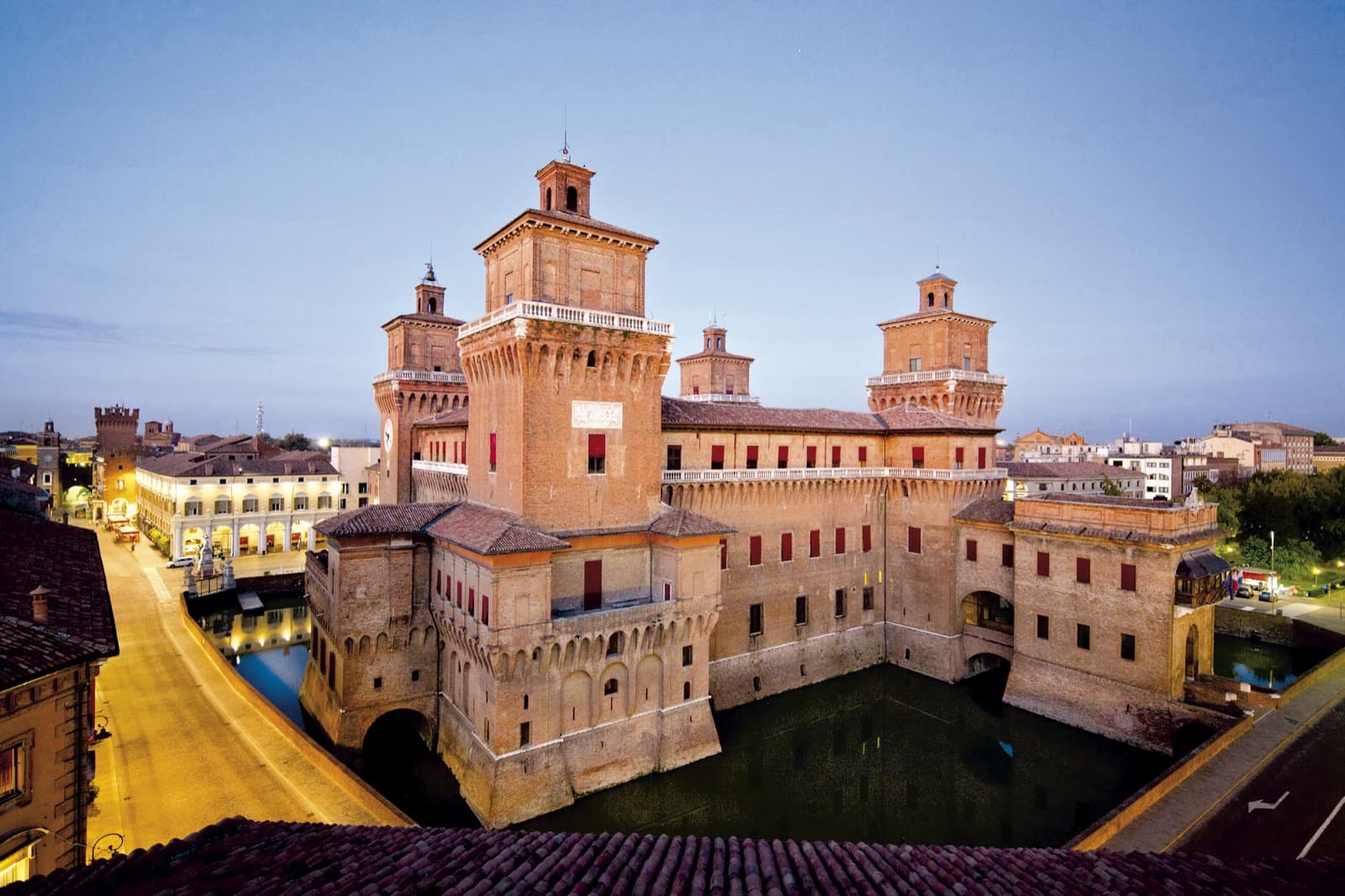As the tourism promotion body of Romagna, we have a fundamental task, a great honor: that of promoting an enlarged territory, consisting of four provinces (Ferrara, Forlì-Cesena, Ravenna and Rimini), and if anyone knows what kind of triangle this is, they can also realize what a concentration of Unesco heritage we have. We also have an atypical site, “Ferrara City of the Renaissance and the Po Delta”: Unesco has recognized a close connection between a history (and the product of this history that are its monuments) and its territorial conformation. From a tourism point of view, this is a great point in our favor, which we are banking on: this is where projects are born together with the cities, together with the areas connecting these very special territories. Why then is the Ferrara UNESCO heritage also crucial from a tourism promotion point of view? Because it helps us tell a story that is not only one of conquest: it is also a story of defense and great innovation.
However in tourism promotion we need certainty, we cannot tell stories that did not exist: we always need historians, researchers, art historians to help and support us. Among the various itineraries we promote is, for example, the one related to the Renaissance and its waters, based on a very close relationship between the territory and the infrastructure of the territory. And again, starting from this very large concentration of heritage recognized by Unesco, “Romagna Renaissance” was born, a very simple project, for which we did not have to invent who knows what, because we understood that there are fundamental connections on this territory that can become real attractions.

It is about enhancing tourist routes through these connections, especially using the great figures of the past. The question is: How can we tell the Renaissance Romagna, for example, in England or to Americans? It is not enough to say that we are placed between Venice, Florence and Rome: we have added names, the names that made this history great (the Borgias such as Cesare Borgia or Lucrezia Borgia, Caterina Sforza, the Malatesta lineage to name a few, and then the names of artists who made our history and heritage great, and who became part of this heritage, such as Leon Battista Alberti, and Piero della Francesca), and so tourism promotion has exploited this great connection with scientific studies and with the territory. And this is for tourism promotion a huge asset.
Then I mention Ravenna: eight unique UNESCO monuments that make us great and internationally known. In this case, we have narrated an empire, the second empire. In my professional strain, I can only connect to all that Unesco has recognized us and the importance this also gives in our activities, especially abroad. I have to say that the markets, especially the Anglo-Saxon and non-European markets, pay special attention to this issue. However, I must also say that some of our sites are still not well known, so there is an effort of the administrations on the one hand and of the tourist destinations on the other hand, together with the regional APTs, because there are so many opportunities: we have had some recent recognitions, for example, the evaporites of the northern Apennines, some rock formations that characterize the northern Apennines and that have unique characteristics. They are a ridge, so it is not a functional recognition for a single place, but it is functional to tell a biodiversity, a territorial characteristic that has generated places that today can be visited (for example, the caves of King Tiberius in Riolo or the cave of Onferno in Gemmano) and where there is a balance that the tourist must respect. We do tourism promotion and our goal is to attract tourists, but the first goal is protection, so we are continuously and daily in the situation where we have to find a balance: the balance of protection and conservation with, of course, the discovery that the tourist rightly seeks in his vacation.
This talk was given at the Being a UNESCO Siteconference , organized by Finestre Sull’Arte at the TTG fair in Rimini, October 9, 2024.
Warning: the translation into English of the original Italian article was created using automatic tools. We undertake to review all articles, but we do not guarantee the total absence of inaccuracies in the translation due to the program. You can find the original by clicking on the ITA button. If you find any mistake,please contact us.